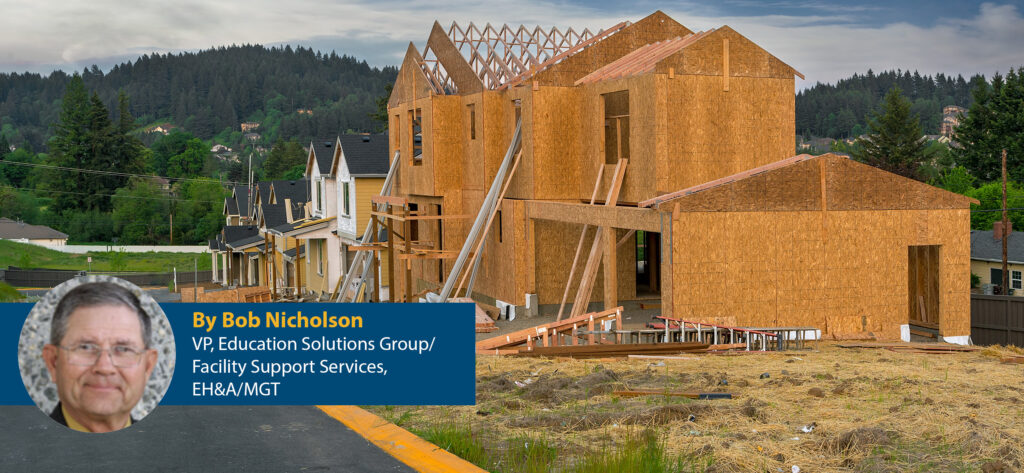
In part one of this multi-part series of articles, we discussed what to know and why to know about development impact fees. If you missed part one, you could find that article here. In our second part, we briefly discussed some of the history of developer fees for school facilities in California. In part three, we briefly discussed the three levels of fees. In part four, we discussed special circumstances and use of fee. Part five we discussed adopting and increasing the fees. Part six discussed collecting fees and accounting for the collected fees.
In this article, we discuss permissible and impermissible use of collected fees, what you can and can’t spend the fees on. The over-arching premise of development impact fees is exactly that, impact of development on your facilities. Fees have been authorized for collection by school districts since January 1987. Fees are collected to mitigate the impact of development to a district’s facilities.
Generally, fees are intended for growth, meaning new construction or reconstruction of school facilities, subject to some legal limitations. Education Code 17620 guides the fees a governing board may charge, and the costs that can be recovered, associated with the impact due to development within the boundaries of the district.
Government Code 65995 states limitations of the use of fees that are allowed for collection by Education Code 17620. The fee is charged against residential, commercial and industrial, and assessable space of more than 500 square feet residential additions construction with limitations.
Education Code allows costs associated with administering the fee (3% of collected fee), recovery of cost for conducting meetings to levy or increase the fee, cost for any study, needs analysis, or any determination that is required for adopting the fee. Cost associated with maintaining facilities due to and related to the development, requiring refurbishment to maintain existing levels of service, or due to a general plan level of service requirement, and to comply with a facilities master plan are also recoverable.
Developer fees may not be used for:
- Regular maintenance or routine repairs
- Inspection, sampling, analysis, encapsulation, or removal of asbestos containing materials, except where incidental to a construction or reconstruction project
- Deferred maintenance described in Education Code 17582
We encourage you to consult with your legal counsel for any area related to collection and use of the fee, whether for something you believe is allowed or not allowed. Not every allowed or not allowed use of the collected fee is contained in this article. There are many areas of development impact fees that we have not addressed in this or any previous article.
Our next article will focus on statutory exemptions from development fees, agreements with non-unified districts, and refunds for unused permits. A future article in this series will address level two and three fees. Stay tuned!


